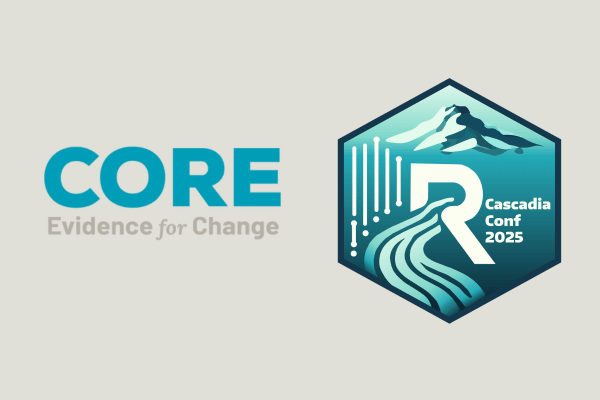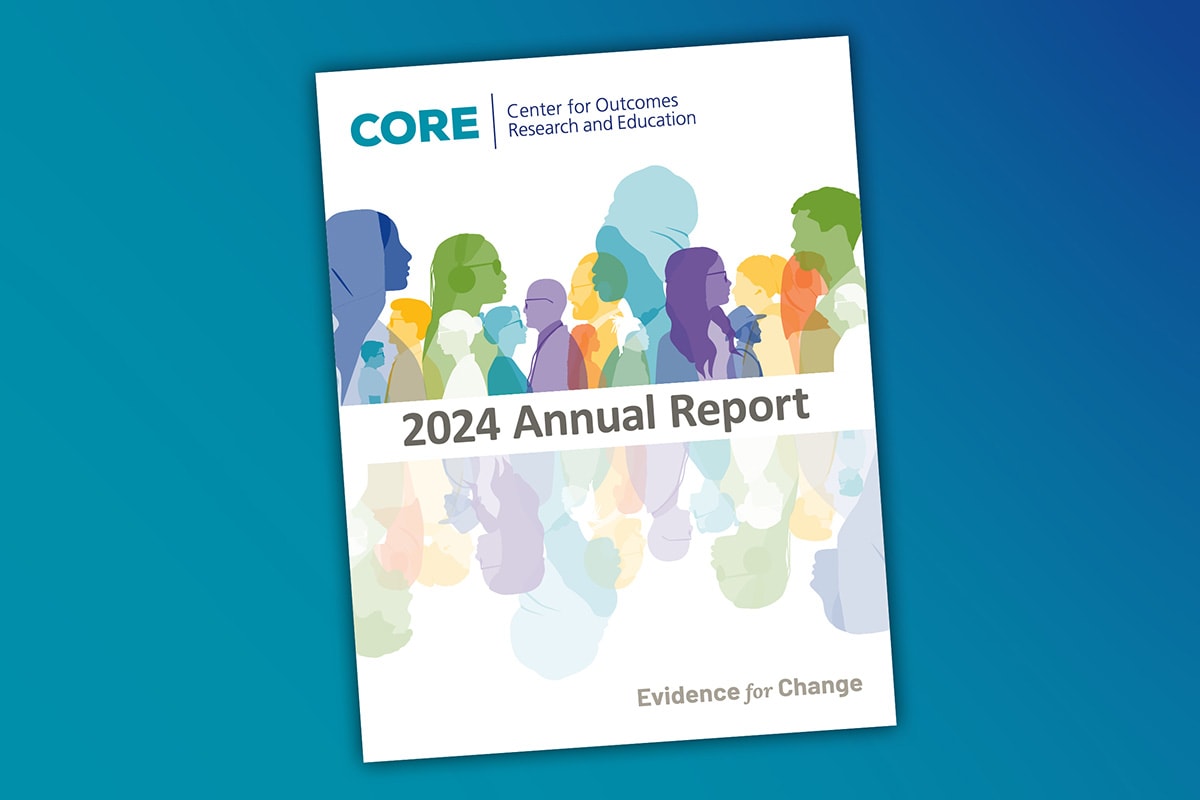Evaluating a 10-year community power-building initiative
- Building Healthy Communities was a $1 billion initiative designed to transform 14 of California’s communities most devastated by health inequities.
- Evaluation and research by Providence CORE offers evidence of the impacts of and opportunities for power-building initiatives.
- CORE’s findings also provide insights for other organizations working to build (and measure) community power and drive systemic change.
Building Healthy Communities (BHC) was a groundbreaking and multi-faceted $1 billion initiative of The California Endowment (TCE) launched in 2010 to advance statewide policy, change the narrative, and transform 14 of California’s communities most devastated by health inequities into places where all people have an opportunity to thrive. The 10-year program aimed to strengthen community conditions and advance racial equity through a combination of policy campaigns, advocacy, coalition building, thousands of local grants, and other investments designed to build power within the 14 community sites.
In the final years of the initiative, TCE partnered with the Providence Center for Outcomes Research and Education (CORE) to evaluate BHC’s impacts and lessons learned. CORE’s efforts in collaboration with other evaluation partners helped identify numerous positive results of the initiative. This work also offers key learnings for other organizations seeking to build (and measure) community power and drive systemic change.
Measuring a large, multi-faceted power-building initiative
In the BHC theory of change, increasing social, political, and economic power in communities leads to system-wide changes and improved community outcomes. Measuring the impacts of this broad and multi-faceted initiative required an innovative approach--and significant collaboration.
CORE developed a comprehensive coding framework to meet this challenge and assembled data from numerous sources to analyze investments and partner accomplishments, policy patterns, systems, community outcomes, and physical environment changes in BHC communities. The team also conducted a sophisticated quantitative analysis of the impact of TCE's investments across four domains: voice, power, and voting; agency and belonging in schools; housing and transportation; and healthcare access.
We also worked closely with other TCE evaluators to establish and provide context to these measurement and evaluation strategies, building on USC Equity Research Institute’s power-building ecosystem framework and concepts articulated by Gigi Barsoum and others about how power can be built, exercised, and expanded.
Examples of BHC’s impacts
BHC included numerous partners, local leaders, community residents, and evaluators, as well as related but independent investments and power-building activities driven by local organizations and leaders. Together, we found that:
- BHC led to over $800M invested in power-building that supported organizing and base-building efforts.
- BHC sites and statewide teams reported more than 1,700 accomplishments across policy, systems, and the physical environment.
- Policy, systems, and physical changes often catalyzed related changes, building momentum. These changes often connected to each other, creating a cascade of other changes. Furthermore, these changes often transcended BHC site boundaries.
- TCE investments helped build partners’ capacity for power building. Organizations that received investments to build capacity for a particular power strategy tended to report more mature capabilities later.
- TCE investments were significantly and positively associated with voter turnout, even after adjusting for demographic and socioeconomic characteristics of geographies across the state. It’s important to note that participating stakeholders used non-TCE funds for lobbying and other activities not permitted with TCE funds.
- Additional areas of impact included positive relationships between BHC investments and: 1) caring adult relationships and school connectedness at schools serving low-income students; 2) improvements in household overcrowding, especially in census tracts with a high proportion of immigrants; and 3) in fewer people delaying care due to cost and improvements in self-reported health.
Key takeaways for evaluating complex initiatives
One of the CORE’s main takeaways is that community power is a multi-dimensional and contextual construct. By using a range of data types and sources, different analytic approaches, and engaging multiple perspectives, CORE produced a more comprehensive picture of power-building within the BHC initiative and the various ways community power is related to health equity.
The universal coding framework developed for this analysis proved particularly valuable, enabling evaluators to link data across multiple sources and leverage information that would not otherwise be available for synthesis and quantitative analysis.
This work also highlighted the importance of having a clear theory of change at the outset of complex initiatives, as this enables robust measurement and evaluation. CORE's coding framework made it possible to link data across the BHC theory of change, which was crucial for synthesizing and analyzing the data collected on the initiative.
Conclusions and next steps
CORE’s evaluation demonstrates that power-building initiatives like BHC can have a significant, positive, and measurable impact. This work also provided valuable insights that will inform TCE's future work and partnerships in promoting health equity.
Going forward, CORE is proud to continue providing technical assistance to TCE and conducting data collection to help plan and track the initiative’s next 10 years of work and partnerships. Furthermore, given TCE’s position as a nationally recognized philanthropic leader, CORE’s work to systematize and connect data contributes to a growing understanding of how to evaluate those kinds of complex community initiatives.
Related Resources



